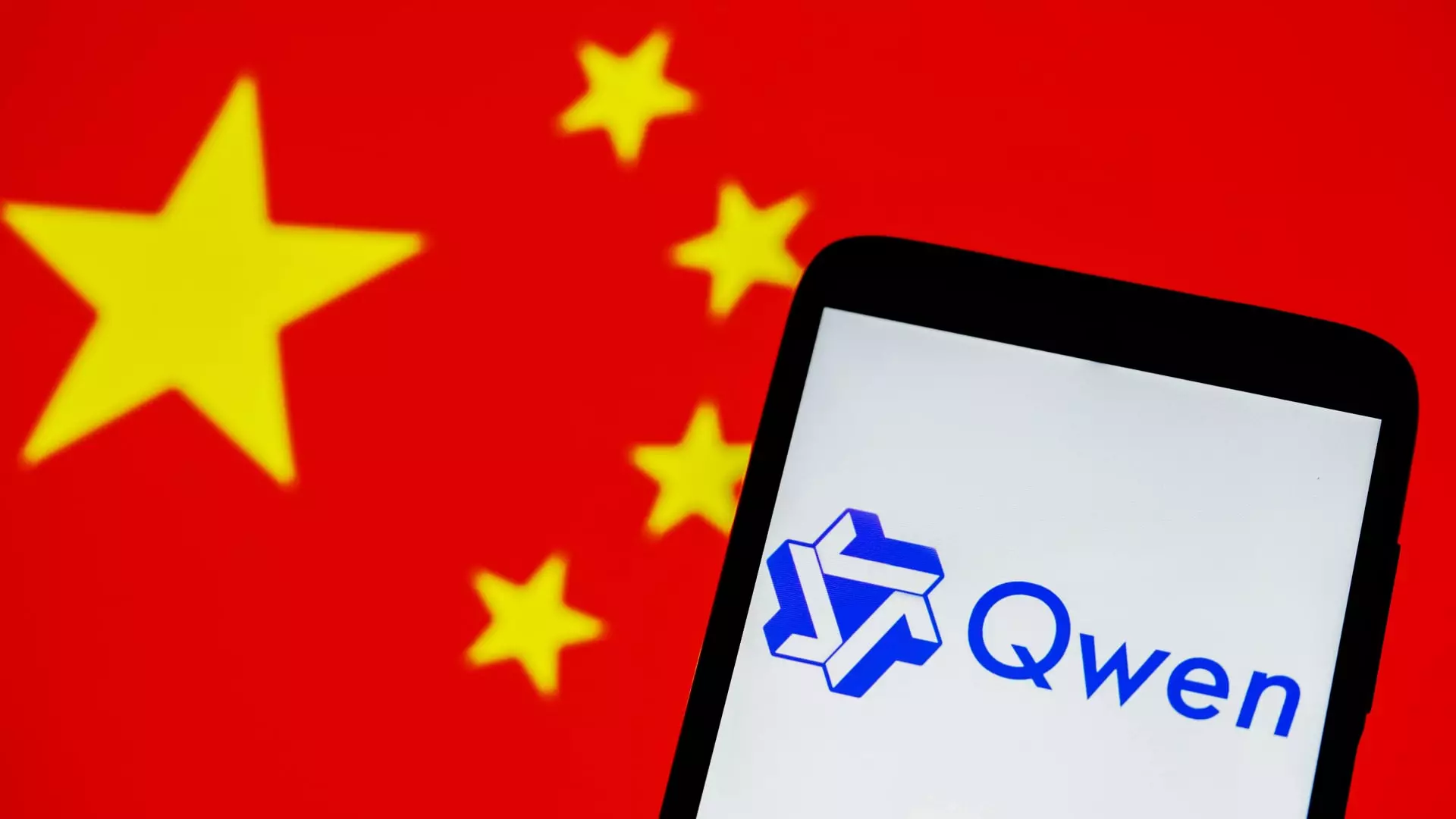The recent unveiling of Alibaba’s Qwen3 marks a pivotal moment in the evolution of open-source artificial intelligence, representing not just an improvement in technology but a bold step towards redefining AI’s landscape in China and beyond. As the global competition in artificial intelligence heats up, with Western and Eastern labs vying for supremacy, Qwen3 positions itself as a formidable contender, especially in the realm of open-source offerings. The uniqueness of this launch lies in the model’s versatility. It spans various architectural formats and sizes, providing developers the flexibility essential for crafting AI applications that can operate across multiple platforms, from mobile devices to larger computational systems.
Hybrid Reasoning Models: A Leap Forward
One of the standout features of Qwen3 is its introduction of hybrid reasoning capabilities, a significant innovation that could revolutionize how AI systems function. Traditional large language models (LLMs) often operate one-dimensionally, focusing either on complex decision-making or providing rapid-fire responses. However, Qwen3 breaks this mold by enabling seamless switching between “thinking mode” for intricate tasks like coding and a “non-thinking mode” for general queries. This dynamic transition not only improves efficiency but also far enhances user experience, providing an all-encompassing tool that can adapt to various needs almost instantaneously.
Furthermore, Alibaba’s claim that the Qwen3-235B-A22B MoE model drastically reduces deployment costs in comparison to other state-of-the-art models resonates deeply in today’s tech economy, where budget considerations are paramount. Their commitment to making high-performance AI accessible at lower costs is not merely a business strategy; it is a pathway to democratizing technology.
The Multilingual Capabilities: Breaking Language Barriers
Another striking aspect of Qwen3 is its multilingual prowess, designed to nurture communication across cultural divides. Supporting an impressive 119 languages and dialects, this feature positions Qwen3 as a tool for global connectivity, enhancing its applicability in different contexts while embodying the spirit of inclusivity that the digital age demands. In an era where AI’s role transcends borders, the ability to engage in meaningful interactions across various languages can lead to transformative applications, from effective customer service to cross-border collaborations.
The open-source availability of Qwen3 models further amplifies its impact. The option for developers to modify and redistribute the source code fosters innovation and creativity, catalyzing an ecosystem where collaboration thrives. Such a communal approach not only enriches the technology but also engages a wider audience, breaking down traditional barriers to entry in machine learning and development.
Competition and Collaboration: A Global Perspective
Industry analysts have been closely monitoring the ramifications of Qwen3’s launch on both local and international scales. Many see it as a strong counter-gesture against the backdrop of U.S.-China tensions in technology and trade, particularly concerning export restrictions applied to advanced tech. The sophistication of Alibaba’s offerings emphasizes the prowess of Chinese labs and their capability to develop competitive, innovative models that can withstand external pressures.
Experts like Wei Sun from Counterpoint Research assert that the diverse functionalities of the Qwen3 series, alongside its performance metrics, represent a “significant breakthrough”. This sentiment captures the essence of what is at stake—it’s not merely about producing another AI model; it’s about pushing the boundaries of what AI can accomplish in a globally interconnected environment. Furthermore, the success and the rapid adoption of Qwen, boasting over 300 million downloads and numerous derivative models, underscore the excitement and promise held within China’s burgeoning AI landscape.
The Future of AI: Engaging Competition
The rapid deployment of AI models from competitors like Baidu following the success of DeepSeek’s R1 serves as a reminder that the AI race is far from over. The technological arms race is forcing companies to rethink their strategies in terms of open-source development and global collaboration, aligning more closely with the demands of an increasingly competitive marketplace. It’s a thrilling time to be involved in artificial intelligence, as innovations are no longer solely driven by the giants of Silicon Valley but are emerging from diverse ecosystems worldwide, reflecting a richer tapestry of talent and ideas.
In a world that is continuously shifting towards automation and AI integration in daily life, the emergence of the Qwen3 series potentially signals a renaissance in how artificial intelligence is perceived and utilized. The possibilities are as vast as the global reach of its language capabilities, suggesting a future where innovative technologies are accessible to developers and users alike, encouraging a multitude of applications that have yet to be imagined.


Leave a Reply